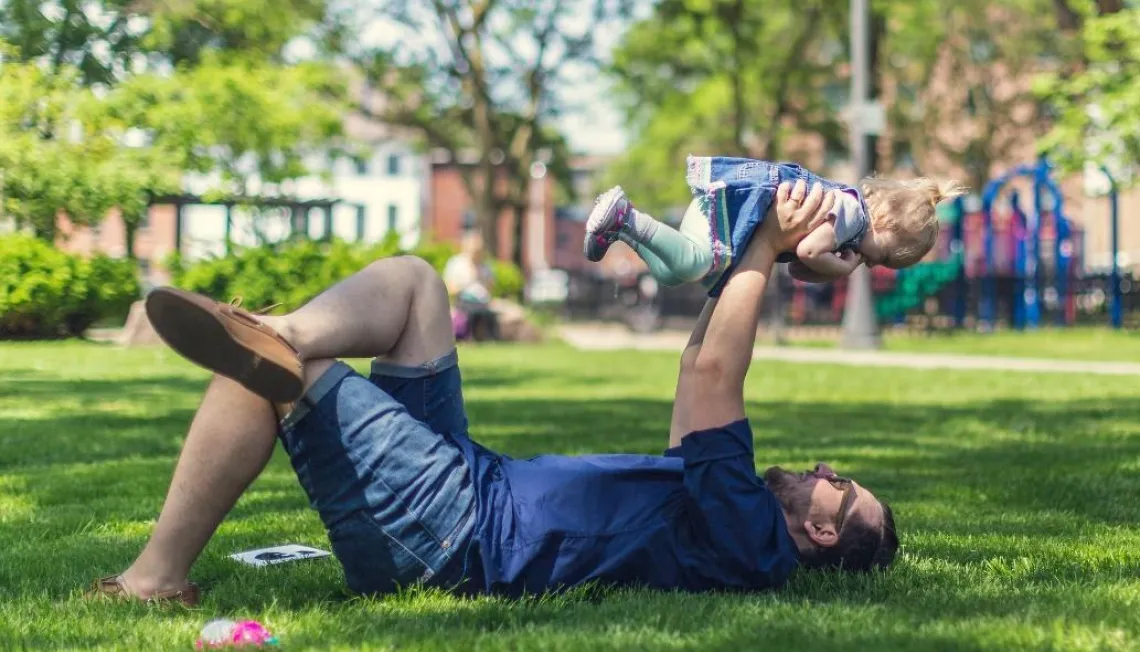We spoke with Roger Koester, Everyman Project’s (EP) clinical manager.
About Everyman Project
Everyman Project was created after the closure of the Everyman Centre, a volunteer organisation which was formed in 1989. After the Everyman Centre was unable to secure funding, some of the volunteers decided to continue the work through EP. EP was funded by Porticus UK, Tudor Trust, OAK Foundation, City Bridge Trust and Lloyds TSB Foundation for England and Wales.
A counselling service
The project employed an Interpersonal Violence and Abuse Desistance (IVAD) approach, which integrated cognitive, behavioural, humanistic and psychodynamic counselling models with educational approaches. It employed a 30-week, two-stage model, beginning with a suitability assessment, followed by 13 weeks of one-to-one counselling sessions and then 16 weeks of group counselling.
Throughout these 30 weeks, the project aimed to break the cycle of abuse by challenging and supporting the service users to take responsibility for their actions, to empathise with the impacts of their behaviours on others, and to learn to tolerate feelings of vulnerability.
The project relied on volunteers to provide the counselling sessions as part of their counselling placements. All volunteers engaging with service users received regular clinical supervision. The programme was led by professional counsellors and was an accredited organisational member of the British Association for Counselling and Psychotherapy.
Referrals
Referrals were either self-referrals or formal referrals by psychiatrists, NHS, private practices, social workers, GPs or solicitors building a child protection plan. Referrals were accepted from anywhere in the UK but the project operated out of Brixton, London, and previously out of Islington, London.
Costs
Costs were determined according to a sliding scale based on income. The cheapest session was £10 and would go up to £50. If referred by an agency such as social services, the full cost of £50 would be charged to the agency, plus the cost of a court report, if requested.
Topics covered during counselling
A range of topics were covered during the counselling sessions, including taking responsibility for abusive or violent behaviours, better understanding of the impact of these behaviours, issues stemming from childhood traumas and improving communication skills.
Follow Up
Around 60% of service users completed the programme and there were three methods of following up:
- Self-assessment questionnaires about how their attitudes and behaviours had changed. These reported overall improvements in various behaviours such as anger management, physically violent and emotional/physical intimidation, as well as situational improvement such as in relationships and work.
- Partners of the service users were asked if there had been a change. This sample was limited as not all partners had agreed to work with EP.
- A Master's thesis that involved qualitative research based on interviews with service users
Partner Support
EP also provided a service called Partner Support. The Partner Support Coordinator would contact partners or ex-partners of their service users and offer them support or counselling, either face-to-face or via telephone.
Advice for those looking to start a similar service
Roger Koester emphasises that this is a difficult type of project to launch as it needs a strong team, which has experience with this client group. This is because there is the notion that counselling is useful for people who are survivors or who have experienced childhood trauma, but is not usually aimed at challenging perpetrators.
Testimonials
“There are times when I feel very, very angry because of decisions and actions that I feel hurt me. But it’s getting better. I like myself more and I trust myself more. Nine times out of ten I am able to walk away and calm down before it turns to abuse. Thank you for helping me to do this.” - Stewart
“I believe this program has been of great benefit to me and my family and I’m deeply grateful for the help I’ve had. I’ve attended many courses but this is certainly, to my mind, the most important.” - Mark
Future of the service
Unfortunately, after 26 years, this project is coming to an end due to the stresses of the pandemic and a lack of funding; however, if you would like to learn more about projects which focus on perpetrators of domestic abuse, then you can read about Project CARA here, as well as For Baby’s Sake here.
Case study by Maysa Clam and Isabella Anderson, 2022.
Click here to return to the Map
